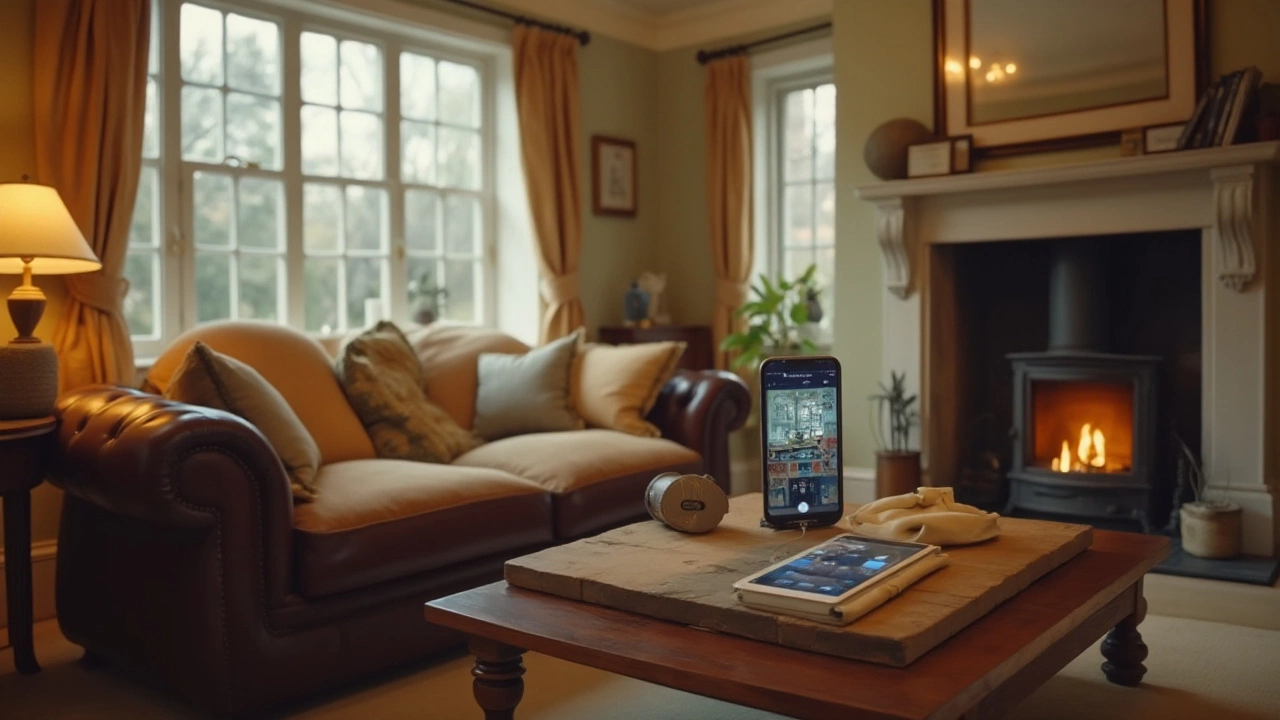When your security system relies on the internet, a weak or unsafe connection can turn a safety net into a loose rope. Luckily, you don’t need a tech degree to lock down your Wi‑Fi, hook up cameras, or keep your smart doorbell humming. Below are the everyday steps that make your online home security work without drama.
Most burglars skip the front door and try the back‑yard router first. If your Wi‑Fi still runs on outdated protocols like WEP or WPA (1), anyone nearby can slip in and watch your cameras, unlock smart locks, or spy on your video doorbell. Switch to WPA3 or at least WPA2‑AES; the change is a few clicks in your router’s admin panel.
Next, change the default admin password. Use a long passphrase with letters, numbers, and symbols – think “BlueSky$2025!” instead of “admin”. A strong password stops automated attacks that scan for common defaults.
Set up a guest network for phones, tablets, and smart speakers. Keep your security devices on the main network and separate the household traffic. This way, if a guest device gets compromised, the intruder can’t hop onto your camera feed.
Finally, enable the router’s built‑in firewall and turn off remote management unless you absolutely need it. Remote access is handy, but it also opens a door for hackers. With these four tweaks, your Wi‑Fi becomes a solid foundation for every smart device you own.
Most modern cameras come with a companion app that streams live video straight to your phone. The first step is to install the app from the App Store or Google Play, then follow the on‑screen QR code scan to pair the device. Make sure your phone is on the same Wi‑Fi network as the camera during setup – it’s the only time the device can find the router without a password.
If you’re worried about bandwidth, choose a camera that supports 720p instead of 1080p on a busy home network. Lower resolution still gives clear footage while leaving room for streaming video on other devices.
Most doorbells let you set motion zones, so you only get alerts when someone approaches your front door, not every passing car. Fine‑tune these zones in the app to cut down on false alarms and save battery life.
Don’t forget to test the live feed after installation. Walk past the camera, trigger a motion event, and watch the notification pop up on your phone. If you miss the alert, check the app’s notification settings and make sure the phone isn’t in Do Not Disturb mode.
By keeping your Wi‑Fi secure, using strong passwords, and following these quick camera‑setup steps, you’ll have a reliable, internet‑powered security system that actually works when you need it.

Choosing between wired or wireless security cameras involves understanding their Internet and WiFi requirements. While some cameras need constant Internet connectivity to access features like cloud storage and remote monitoring, others operate smoothly offline with local storage solutions. It's important for homeowners to know how different camera types function, consider network strength, and explore alternative connectivity options to ensure their security systems are reliable.